Google released its Android 13 today, albeit only for its Pixel-branded phones so far. It can be expected that other manufacturers will follow suit with how quickly they can debug their add-ons of this system. And as it happens, not every feature is original. If one is requested on another platform, the manufacturer implements it in its solution as well. And Android 13 is no exception.
Safety first
If you use iMessage and FaceTime, these Apple communication platforms are end-to-end encrypted. However, Android users were natively out of luck with this, and had to use third-party tools to keep their conversations secure. With the launch of RCS, i.e. Rich Communication Services, which is a set of improved telecommunication services, Android 13 users finally have encrypted communication enabled by default. Three cheers.

Protection of personal data
But end-to-end encryption is not the only security innovation. In Android 13, Google brings a whole set of new functions that take care of personal data protection. It is for the way Apple accesses data and how it strives for the greatest possible safety and security that it is also praised by Android users. Thus, Android 13 can grant access to photos only to those applications that you allow, but the same also applies to other media – without the user's consent, it will no longer be possible and the applications will not be able to do whatever they want.
It could be interest you
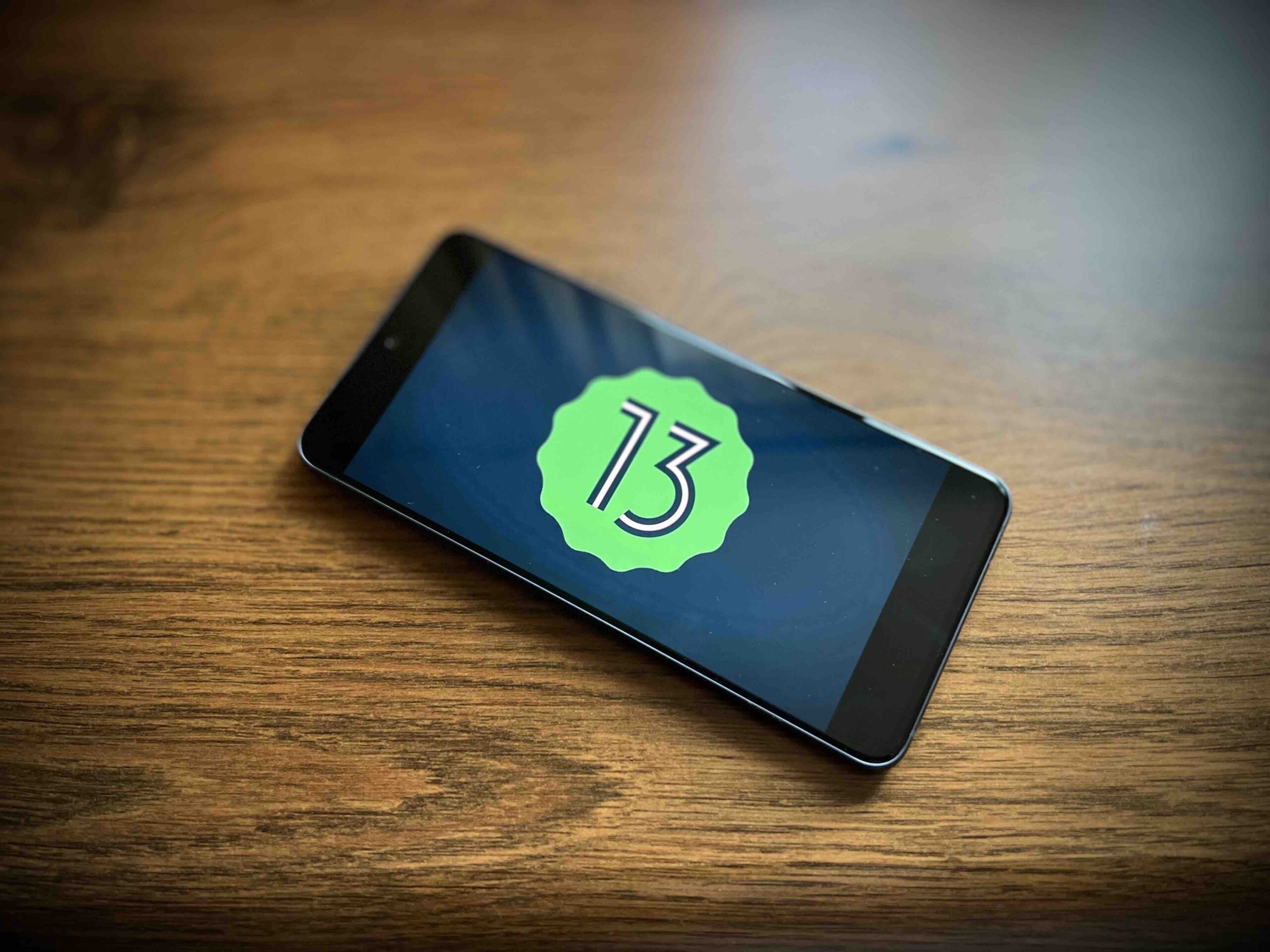
Payments by Google
First it was Android Pay, then Google renamed it Google Pay, and with Android 13 came another renaming to Google Wallet. Of course, this is a clear reference to Apple Wallet. It was not enough for Google to just modify the functionality of its application, but also had to rename it to better reflect its focus. And what else is directly offered other than "Wallet"? With Google Wallet, you will not only be able to pay, but it also offers the possibility of saving various advantageous cards as well as digital IDs where the legislation allows it. So it is actually a 1:1 copy.
ecosystem
Apple clearly scores with its ecosystem and the exemplary way its products communicate with each other. Samsung is also trying to do something similar, although of course it runs into the fact that it is dependent on operating systems that do not come from its workshop. But Google has that power. So Android 13 brings improved connectivity within TVs, speakers, laptops, computers and cars. In Apple, we know these functions by their names Handoff or AirDrop.
Activate flashlight by double tapping
Apple has in Settings a Disclosure possibility Touch. At the very bottom you will find the function Tap on the back. When you do so, you can trigger various actions, including activating a flashlight. Even Android can do it, which calls this function Quick Tap. However, this function has not yet been able to activate the flashlight, which will only change with the arrival of Android 13.
 Adam Kos
Adam Kos 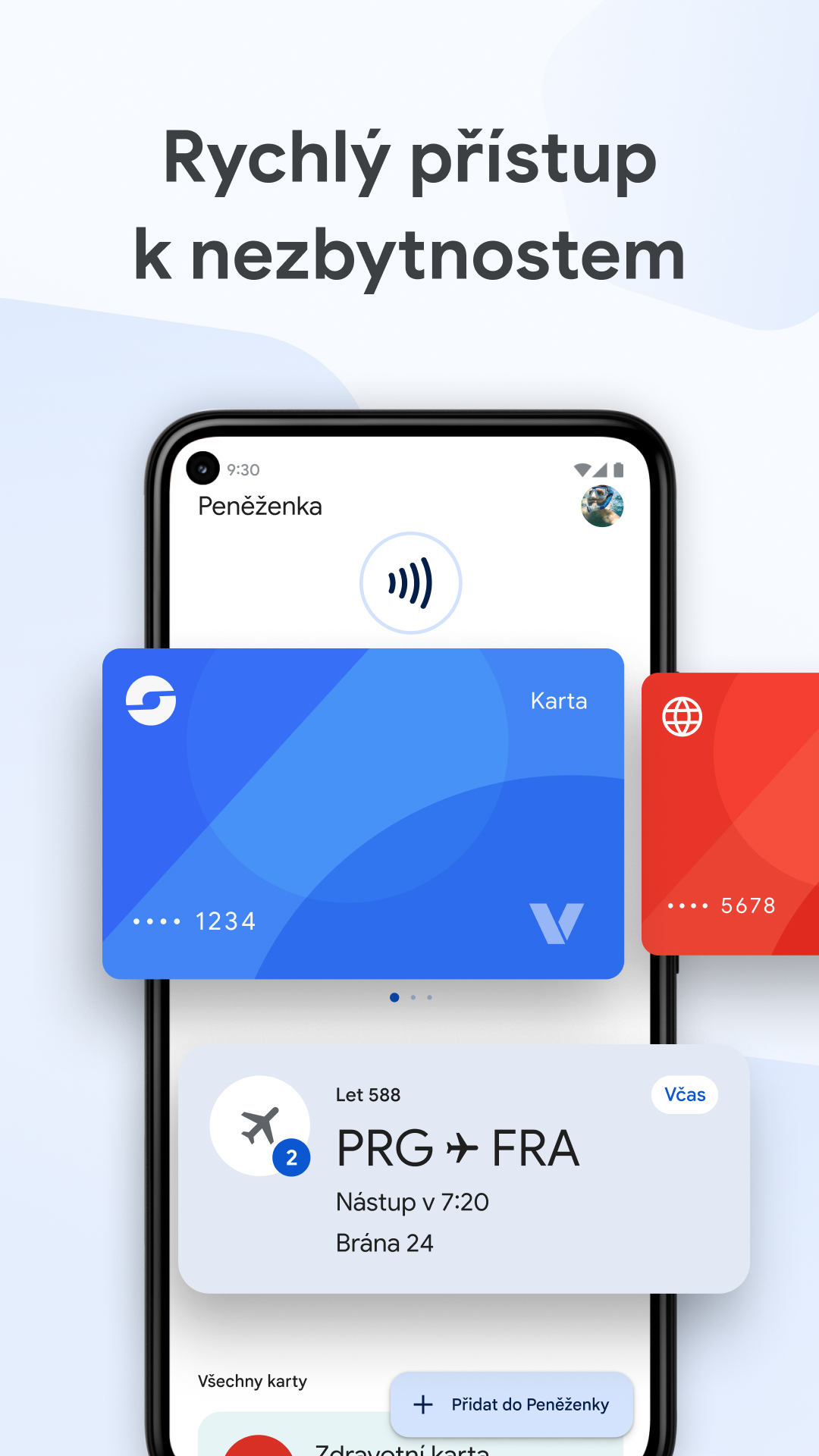
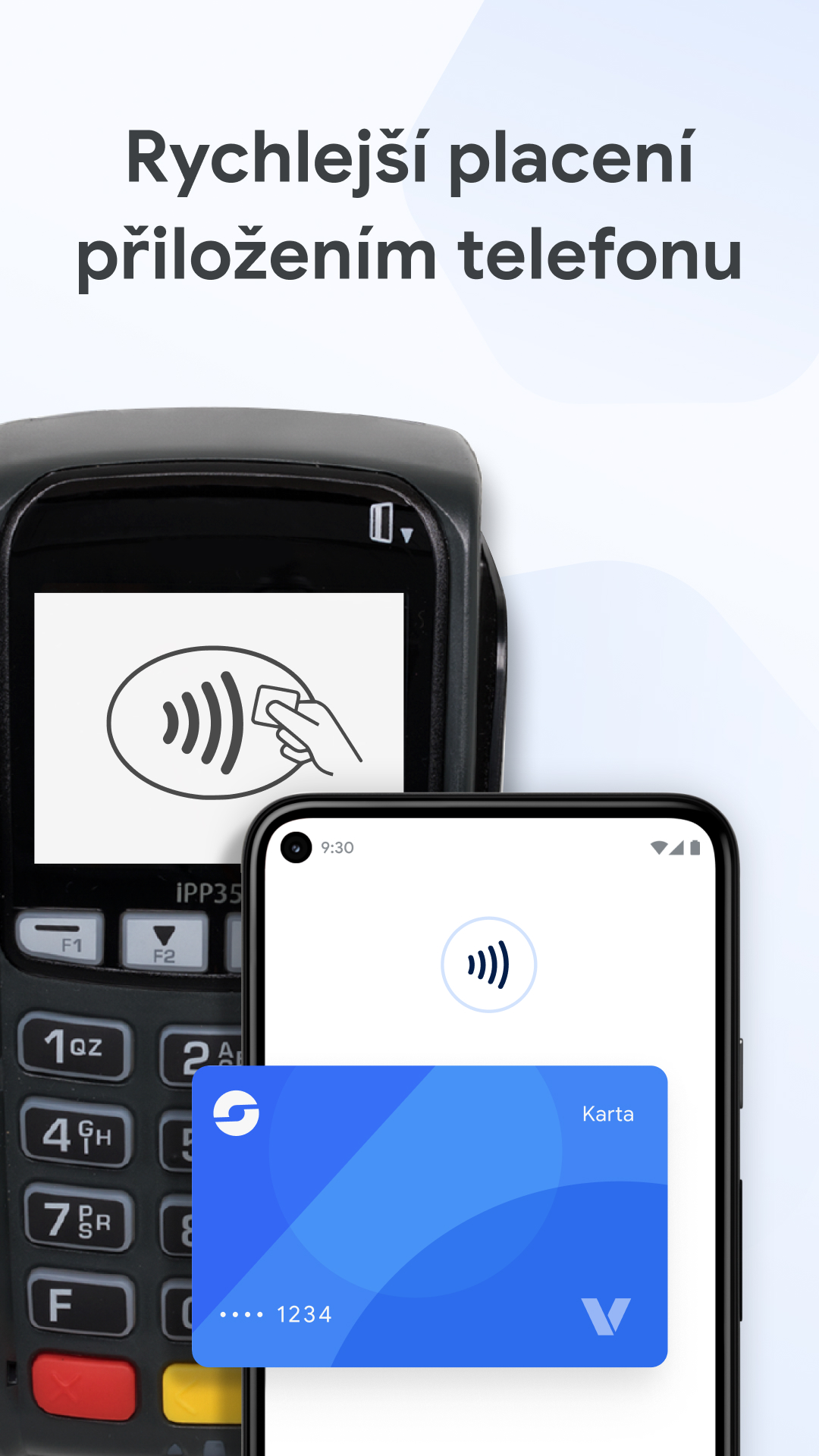

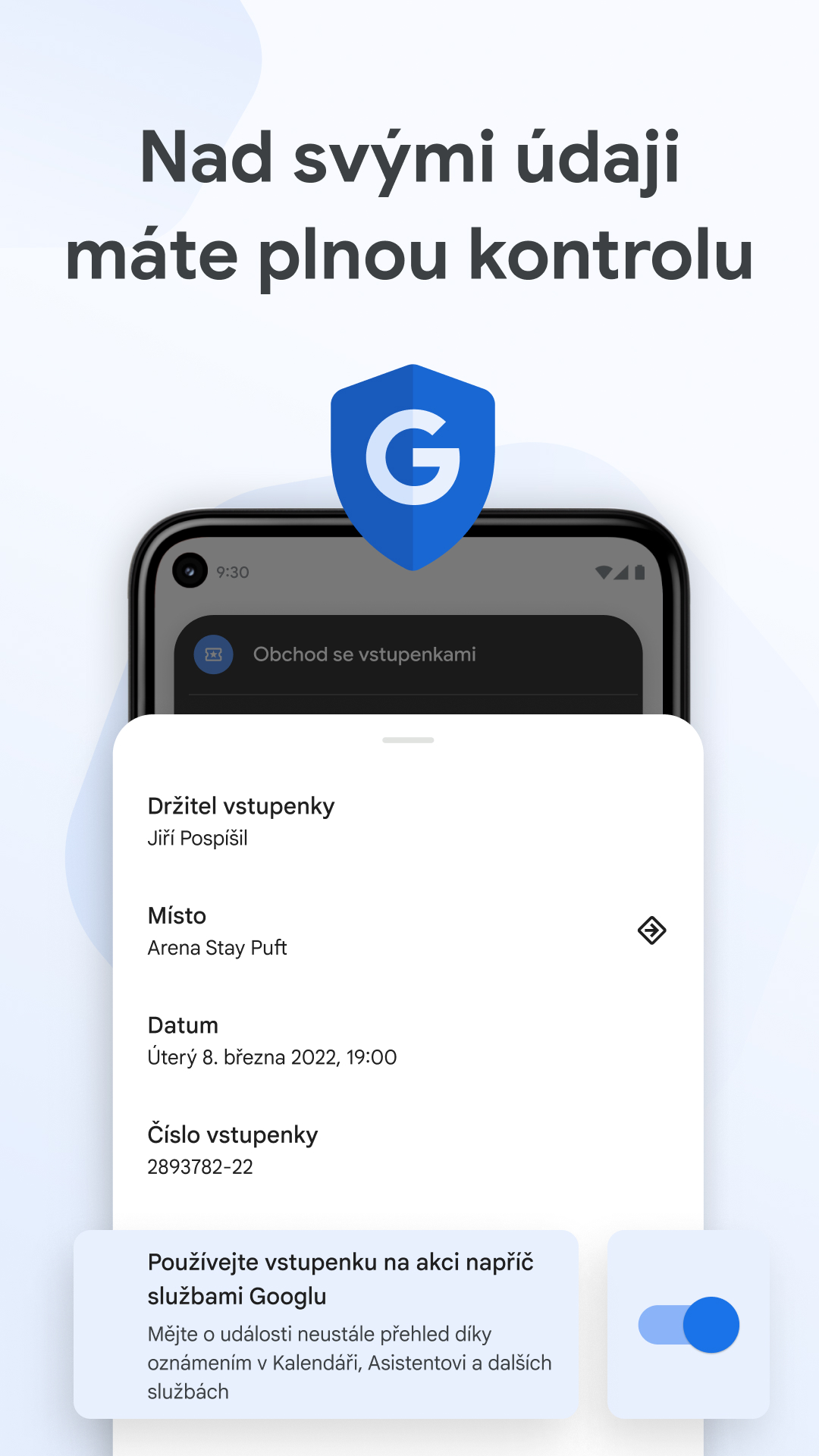

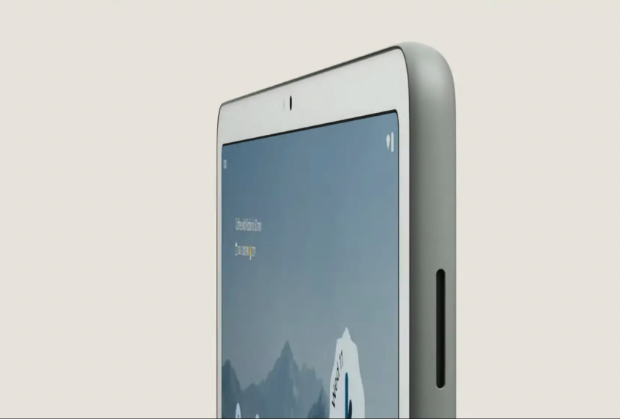

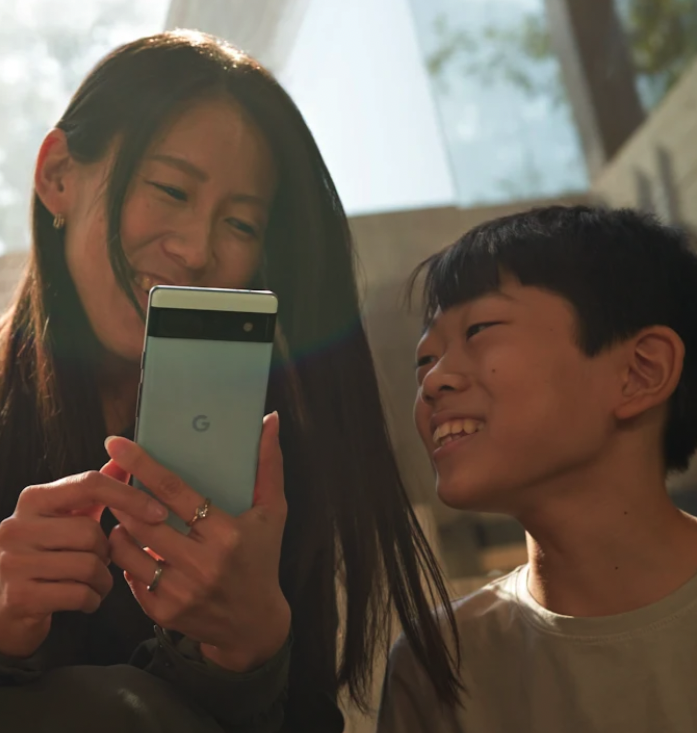

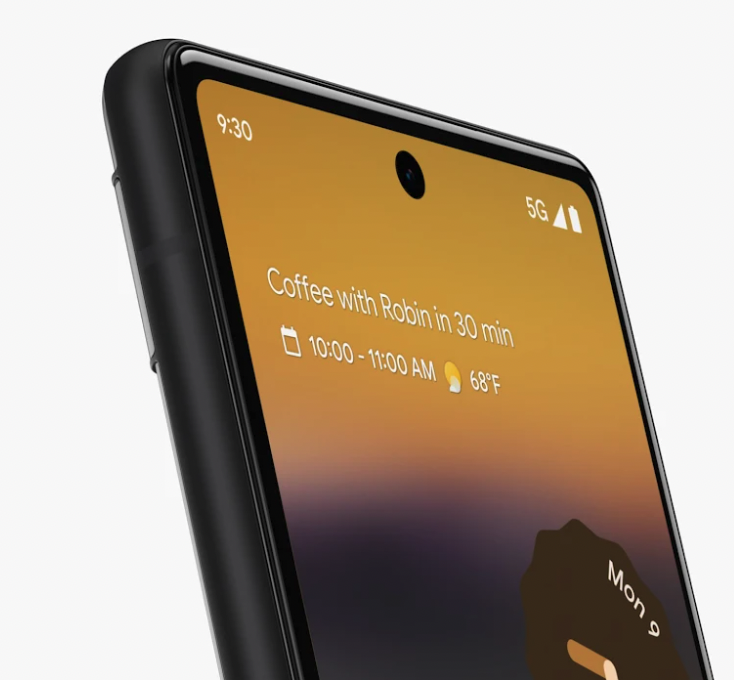

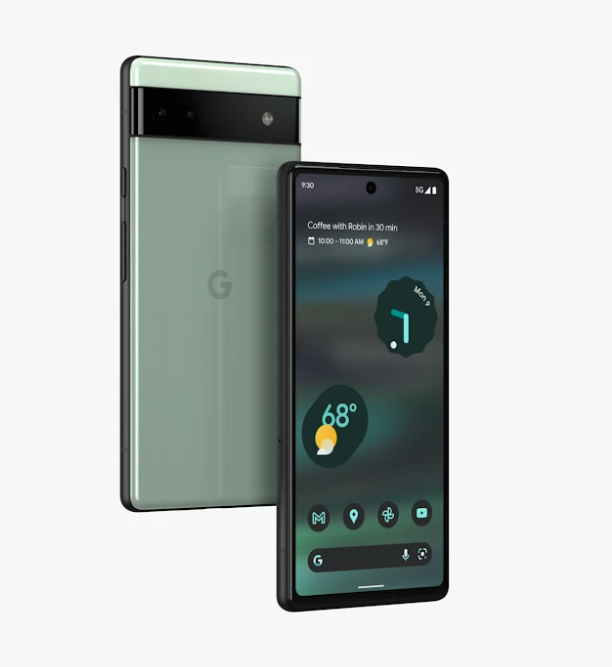
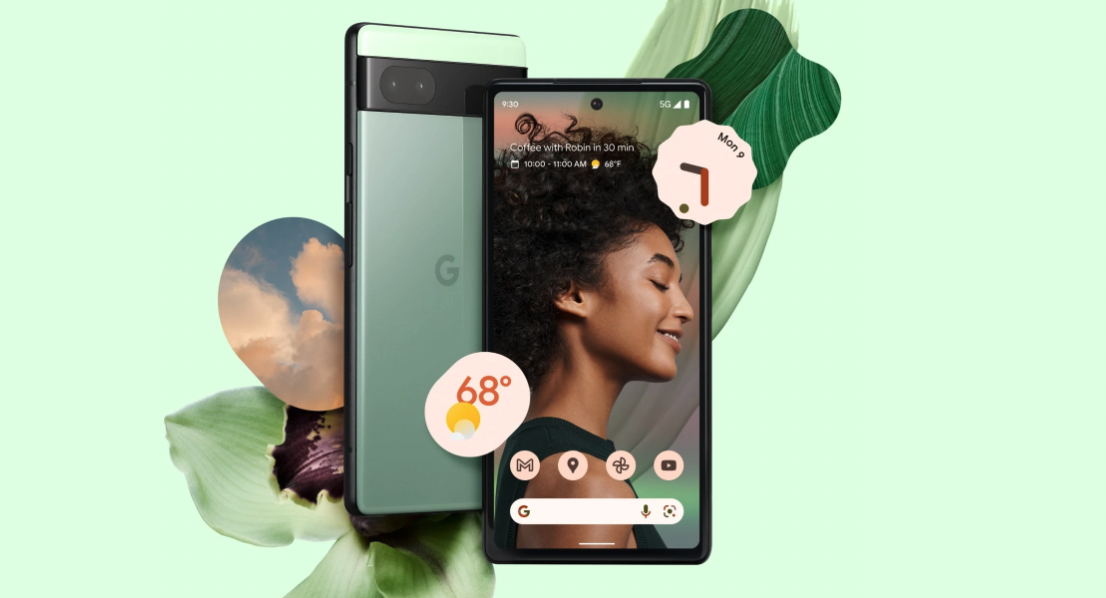



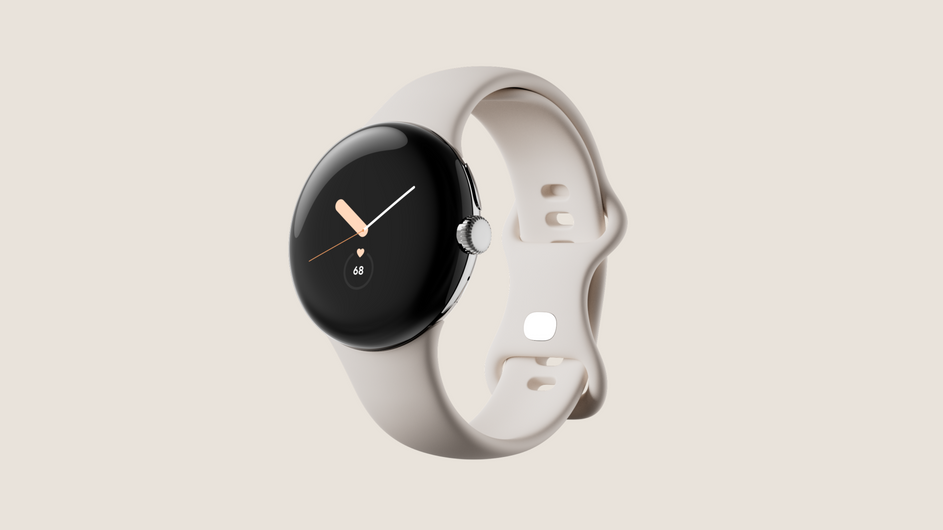
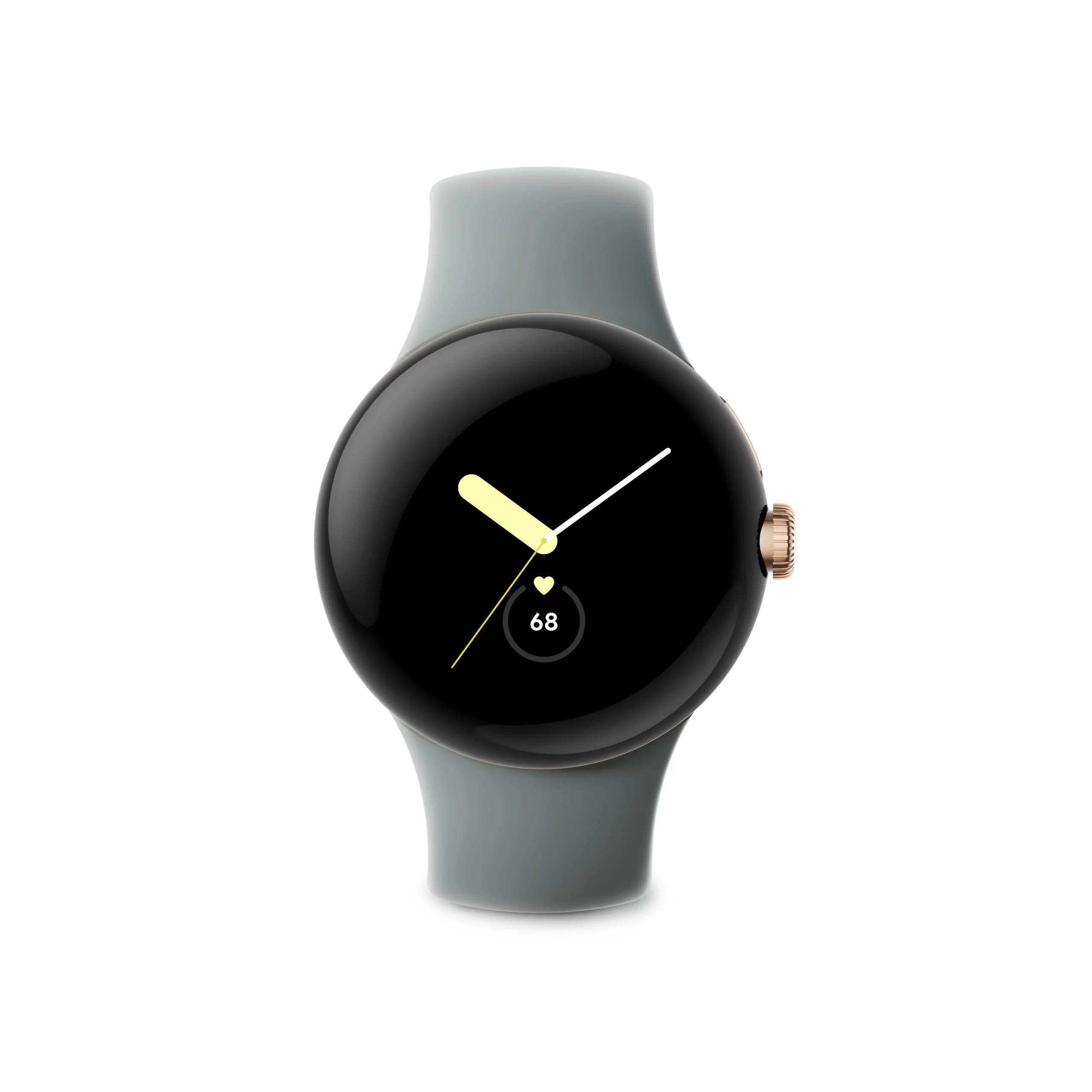

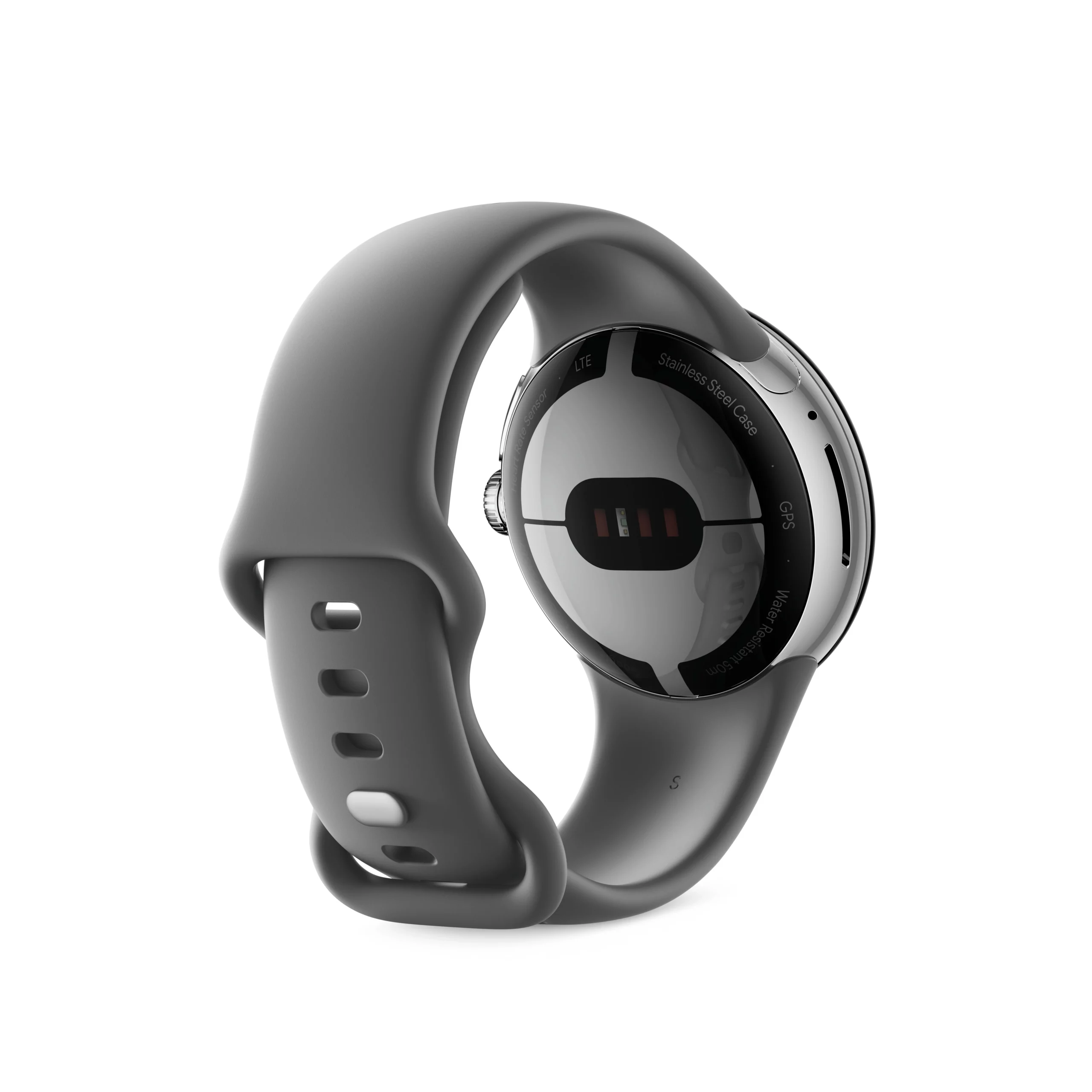
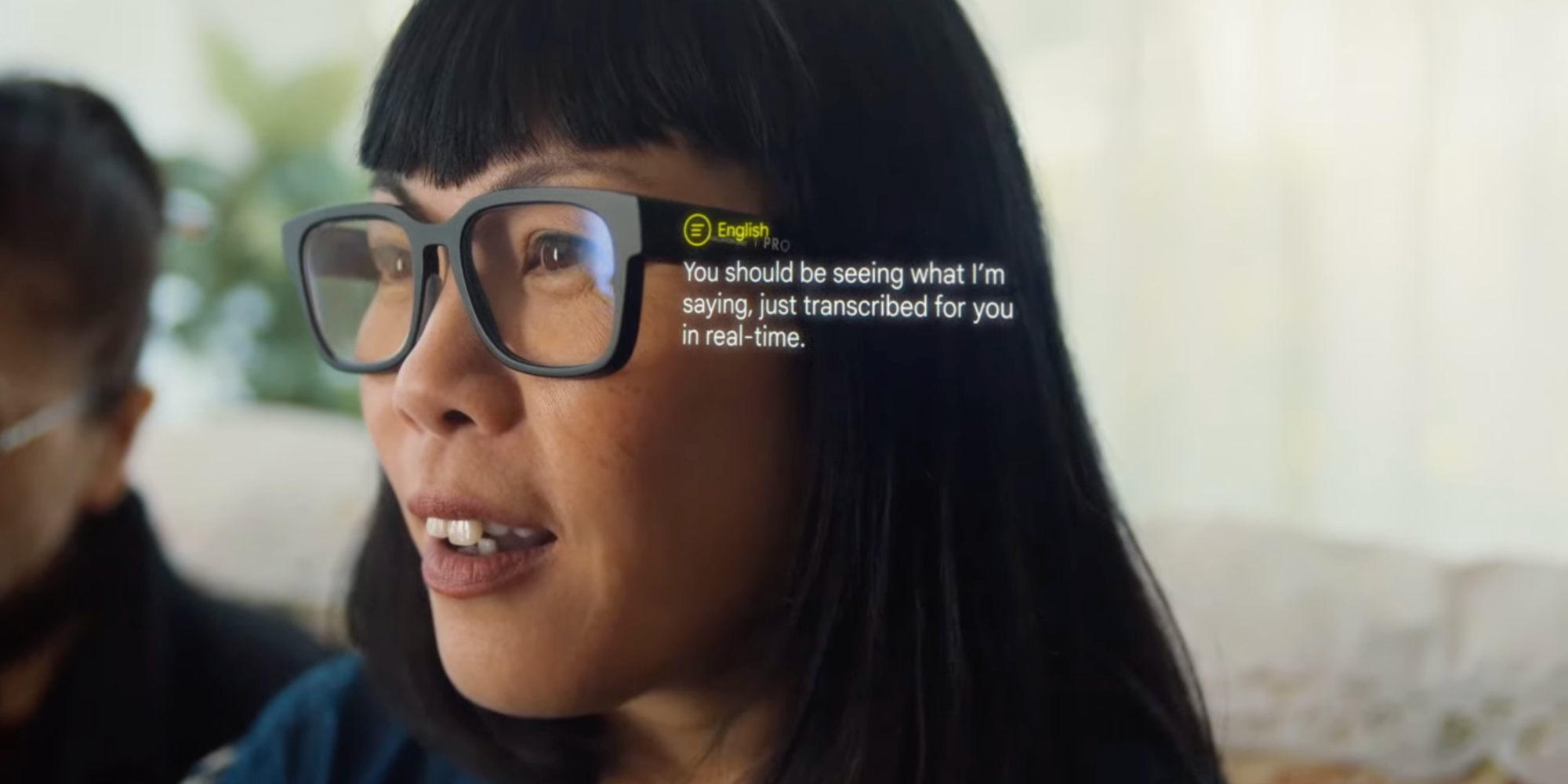




And who cares if your blood vessel doesn't burst, Adamka? You've got your brain properly spoiled by Apple and America! The good news is that there are clouds of such desperate people. What to write next, what Apple stole from iPhones, that would be a list, several pages long. I'll just say, he stole the entire appearance and the Google play system (until version 11 I think it was a tragedy), as well as Widgets, which the idiot couldn't even do properly! Now AOD! God, I forgot a lot of things... You only have to pull your head out of your ass to find out who is copying more from whom and you will realize that it is Apple and its desperate attempt to drive iPhone users even outside the USSA!!!
Great comment from a poor android 🤘🤣
What did Apple steal from the iPhone? 😁 hmmmm 🤣
P.S. I already had AOD a decade ago and it was definitely not on Android 😉 🤣
All the more shame for the apple 😄
The article isn't whiny or angry about anything, unlike your emotional shit. Be good, Mark.
"If you use iMessage and FaceTime, these Apple communication platforms are end-to-end encrypted."
This is true until you turn on iCloud message backup. It is no longer e2e encrypted from the logic of things...
Android I would not want their TCL or Huawei Samsungs and various hatlaplatla names 😂
Still better than giving the company the name apple 😀, only the idiot Jobs could come up with that 🤣.
These are horrible articles today, only everyone looks at what someone is doing or copying, etc
And yet the article is about 💩